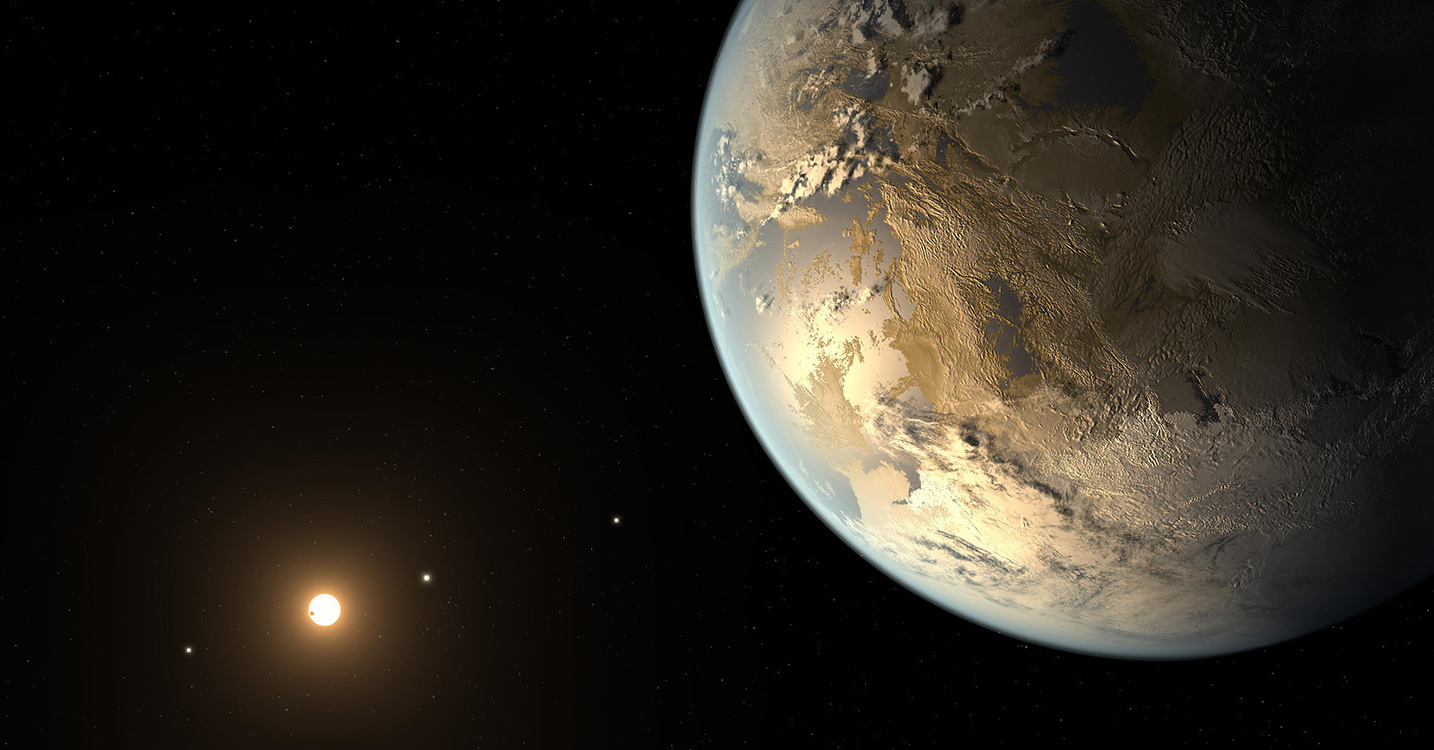
An exoplanet is any planet that orbits a star that is not our sun. Every star has a "habitable zone" which is the area that has the right temperature for liquid water to exist. If a planet exists in these conditions, it may hold liquid water and potentially Earth-like life forms. As of May 2018, there are a total of 3,726 confirmed exoplanets.
Explanets can be found through several methods, but the most popular technique is the transit method. Currently, 78.1% of exoplanets have been found through this method. This technique tracks the amount of light being emitted by a star. A periodic dip in brightness is evidence of a planet orbiting the star. Astronomers can obtain the temperature, radius, distance from host star, and other information about the exoplanet based on the extent to which the star dims.
NASA launched the Kepler Space Telescope in 2009. It was designed to survey our region of the Milky Way galaxy to discover hundreds of Earth-size and smaller planets inside of the habitable zone. The telescope was pointed to a section in the sky and tracked thousands of stars for evidence of exoplanets through the transit method. Through this technique, Kepler has found 2,244 candidate exoplanets and confirmed 2,327 exoplanets.
